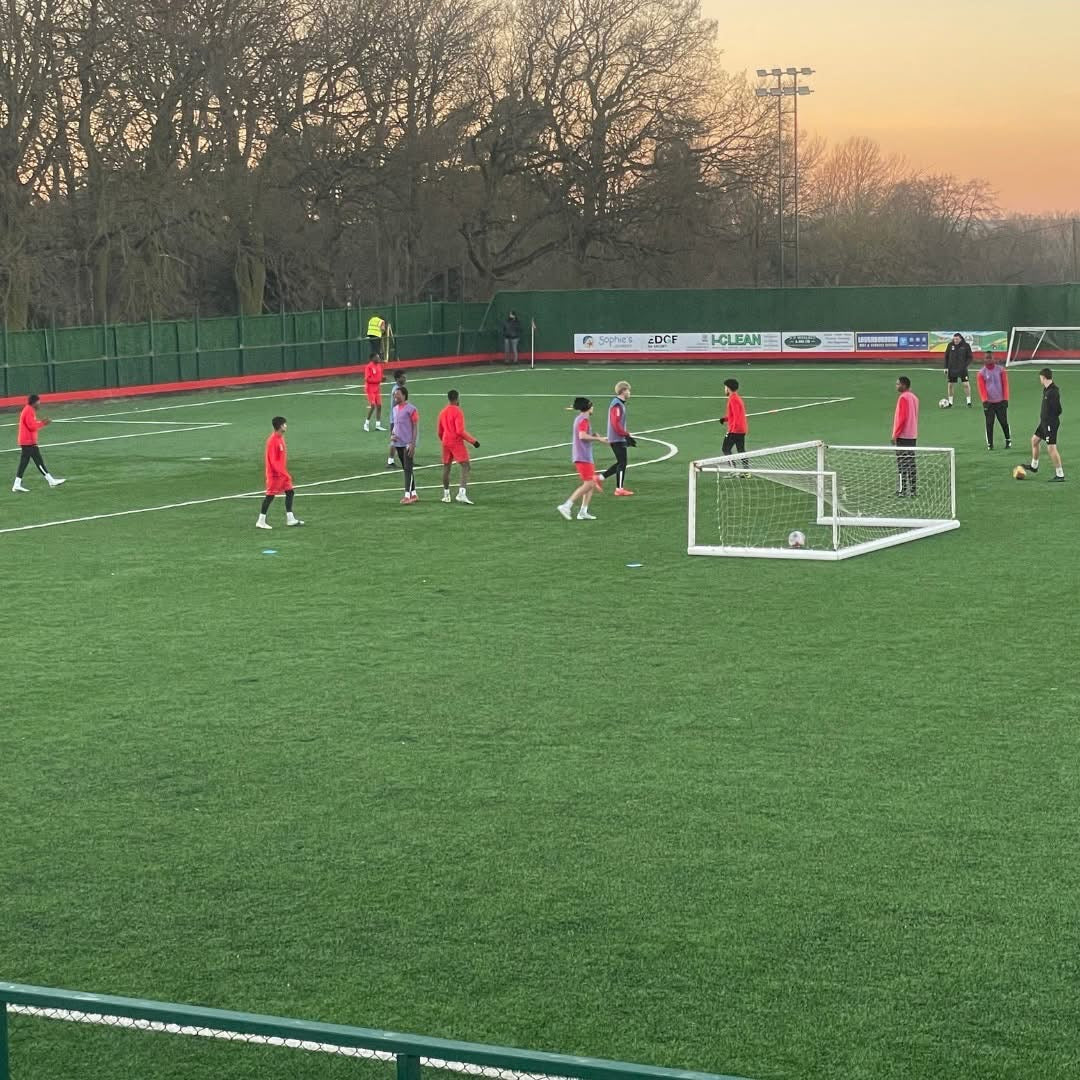Introduction
Each year, many families across Spain from Madrid and Barcelona to Marbella and Bilbao choose to send their children to UK boarding schools for GCSEs, A-Levels, or the IB. The shared educational ties, close travel links, and international outlook of British schools make the move a popular and well-supported one.
This guide walks through the key steps of relocating from Spain to the UK for school: applying for a student visa, appointing a guardian, registering for healthcare, setting up a bank account, and matching your child to the correct school year. It’s designed to make the transition simple and stress-free.
Visa Process – What You’ll Need
Spanish students aged 4–17 attending full-time education in the UK will require a Child Student Visa.
You’ll need:
– A valid Spanish passport
– A CAS (Confirmation of Acceptance for Studies) from the UK school
– A signed parental consent letter
– Proof of funds to cover tuition and living expenses
– Payment of the visa fee (£524) and the Immigration Health Surcharge (£776/year)
The application is submitted online. Your child will then need to attend a biometric appointment at a visa centre in Spain (typically in Madrid or Barcelona).
Once approved, they’ll receive a 90-day vignette in their passport. After arriving in the UK, they must collect their Biometric Residence Permit (BRP) within 10 days. This is their legal proof of residency and student status.
Tip: Allow around six weeks for the visa process from start to finish, and apply early during summer periods.
Guardianship – A Legal Requirement
Students under the age of 18 must have a UK-based educational guardian to act on behalf of the family during school breaks, travel days, and emergencies.
Most Spanish families work with a professional guardianship agency, many of which are AEGIS-accredited. These agencies typically provide:
– 24/7 emergency contact
– Host family accommodation during half terms and exeats
– Airport transfers and travel support
– Regular updates and parent communication
You’ll need to provide confirmation of guardianship as part of both the visa and school onboarding process. Be sure to review the service agreement carefully so you know what’s included and how costs are structured.
Healthcare – Covered Through the NHS
By paying the Immigration Health Surcharge during the visa application, your child gains full access to NHS healthcare while studying in the UK.
This includes:
– Doctor (GP) visits
– Emergency and hospital care
– Prescriptions
– Ongoing treatment if needed
Many schools also have on-site nurses or local partnerships with clinics for additional care. While private insurance isn’t required, some families opt for supplementary cover for faster access to dental or specialist services.
Banking – Setting Up for School Life
Once your child has arrived and received their BRP, they can open a UK bank account. This is helpful for spending money, subscriptions, or day-to-day purchases.
For students aged 11–15:
– Options like HSBC MyMoney or NatWest Adapt work well and require guardian involvement.
For students aged 16–17:
– Digital-first accounts like Monzo 16–17 or Starling Teen offer flexible spending, app-based budgeting, and no foreign transaction fees.
For international money transfers from Spain:
– Use platforms such as Wise or Revolut to transfer EUR to GBP with low fees and fast turnaround. These can also be useful for loading monthly spending allowances or paying school invoices if needed.
Year Group Placement – Spanish to UK System
UK schools place students based on their age as of 1 September of the school year. This means your child may shift slightly depending on their birthdate.
Here’s a rough comparison:
– 2º ESO (Spain) ≈ Year 9 (UK)
– 3º ESO ≈ Year 10 (start of GCSEs)
– 4º ESO ≈ Year 11 (GCSE exam year)
– 1º Bachillerato ≈ Year 12 (start of A-Levels or IB)
Most UK schools will request:
– The last 2–3 years of school reports (in English or translated)
– A reference from your current school
– Entrance tests or interviews (if required by the school)
Whether your child is entering for a full two-year programme or a shorter stay, UK schools are experienced in welcoming international students from Spain and helping them settle in quickly.
Everyday Life – Practical Notes for Parents
Phones: Install a UK eSIM before travelling or pick up a prepaid SIM on arrival (Vodafone, EE, giffgaff). EU roaming rules may vary post-Brexit, so check with your Spanish provider.
Transport: A 16–25 Railcard offers great value for students 16+ and saves money on train travel.
Weather: The UK is cooler and wetter than Spain layers, waterproof coats, and formal school shoes are essential.
Food & culture: While British cuisine is different, most schools accommodate international tastes and dietary needs. Spanish-speaking students often find peer groups quickly, and most schools support multilingual students well.
Conclusion
Relocating from Spain to the UK for boarding school is a smooth, well-supported process when you plan ahead. With shared academic expectations and strong cultural links, Spanish families often feel confident in their decision and enjoy a seamless transition.
By following the key steps visa, guardianship, healthcare, banking, and year placement you’ll ensure your child settles quickly into UK school life and is ready to thrive.
Need help with school applications or guardianship planning? Prestige Football Schools Admissions Support is here to guide you every step of the way.


